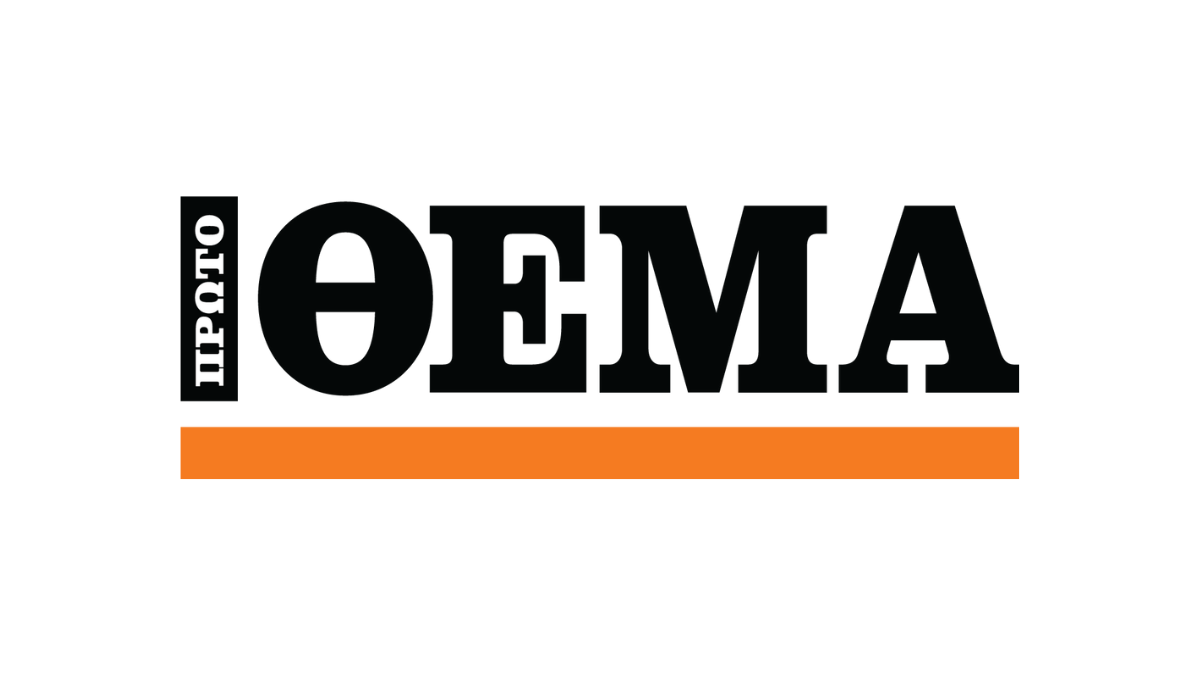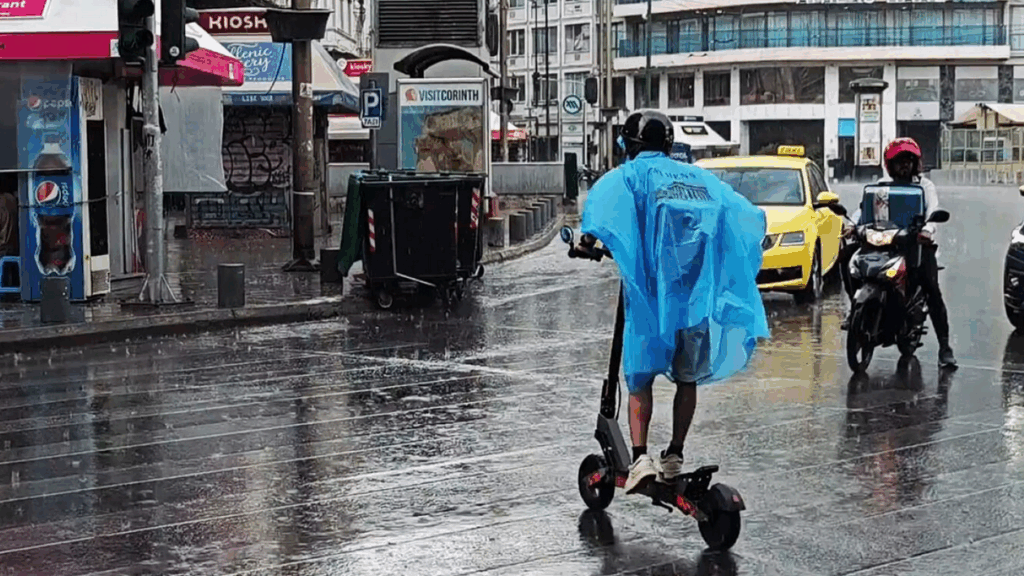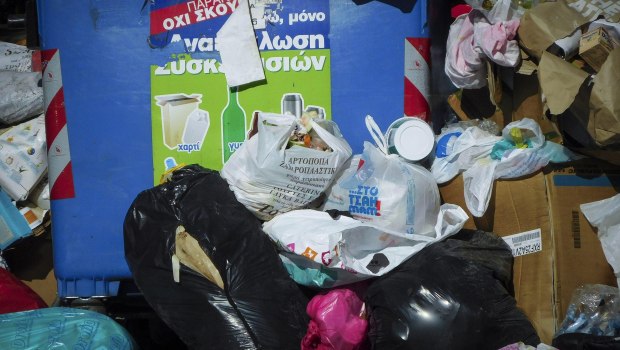Kea: Research on the “Britannic” that sank in 1916 in Greece – Impressive video and findin
Source: ProtoThema English
On 16 November 1916, the HMHS Britannic, requisitioned by the British Admiralty to be converted into a floating hospital during World War I, while sailing off Kea en route to the hospital station on Lemnos, struck a German mine and sank in less than an hour. Of the 1,065 aboard, 30 lost their lives when the ship’s propellers swept away two lifeboats. The HMHS Britannic, one of the largest ocean liners of the North Atlantic line, was the twin of the Titanic.
Between 6 and 13 May 2025, a research program approved by the Ministry of Culture was conducted, including, for the first time, the selective recovery of objects from the wreck site at depths over 120 meters. The program was carried out under the supervision and guidance of the competent department of the Ministry of Culture, the Ephorate of Underwater Antiquities.

The hospital ship HMHS Britannic.
The task of recovering the objects was undertaken by an 11-member diving team composed of professional deep-sea divers, using closed-circuit diving equipment. The research was organized by British amateur historian Simon Mills, founder of the Britannic Foundation, while the safety and organization of the dives were managed by I. Tzavelakos, Evan Kovacs, and Richie Kohler.
[embedded content]
Throughout the research, a three-member team from the Ephorate of Underwater Antiquities was present, consisting of Dionysios Evangelisti, a diving archaeologist; Chrysa Fouseki, a diving conservator; and Louis Mersennier, a seabed technician, overseeing and coordinating the work, receiving the findings, and performing initial conservation tasks.
Some of the selected objects, as initially planned, could not be recovered due to their location and condition. The conditions at the wreck site were particularly difficult because of currents, the great depth, and low visibility.

Photography of the port-side red lantern in situ.

Silver-plated serving dish from the ship’s First-Class equipment.

Recovery operations of objects from the wreck site.
All objects were lifted safely and carefully by the diving team using air lift bags. They were then placed in specially designed crates, and the cleaning process from marine organisms began immediately. During the research, the findings were stored in a space provided to the Ephorate of Underwater Antiquities by the Kea Police Department. At the end of the research, all objects were safely transferred to the laboratories of the Ephorate of Underwater Antiquities in Athens, where conservation continues.

Photography and preparation work for the recovery of the ship’s lookout bell.

Lookout bell after recovery and cleaning from marine organisms.

Recording of the wreck using a multibeam sonar system.
Among the recovered objects, particular interest is shown by the ship’s lookout bell, the port-side signal lantern, various items from the portable equipment of First and Second Class, ceramic tiles from the decoration of the Turkish bath found detached, and a pair of binoculars.

Passenger observation binoculars at the wreck site.


Porcelain washbasin, fitted in a special compartment and foldable to save space.

During the dives at the wreck.
The objects are set to be included in the permanent exhibition of the upcoming National Museum of Underwater Antiquities in Piraeus, in the section dedicated to World War I, where the wreck of the Britannic is a prominent exhibit.

The reverse side bears the manufacturer’s monogram.

Port-side red signal lantern of the ship.
Ask me anything
Explore related questions
The original article: belongs to ProtoThema English .




